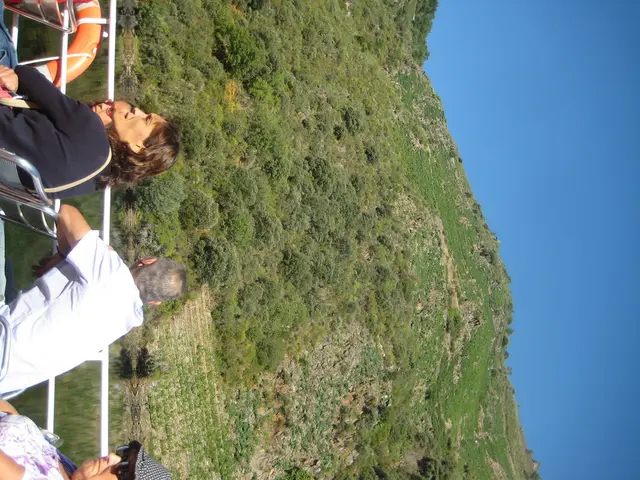Expanding Your Imaginary Realm: Techniques for In-depth Creation of Worlds
In the realm of novel writing, Cecilia Lewis, a professional freelance editor and writer, currently working in editorial for a mid-size publisher, has valuable insights to share. With a background that includes working as an editorial assistant at a literary journal, Lewis is well-versed in the art of storytelling and worldbuilding.
Lewis emphasises the importance of balancing these two aspects at any writing stage. In an article titled "Balancing Story and Worldbuilding at Any Writing Stage", available on her website, she discusses the delicate dance between immersing readers in a richly detailed world and driving the narrative forward.
When it comes to worldbuilding, specificity adds authenticity to the setting. Detailed descriptions of items should be woven throughout the scene, not just dumped in one place, as this can slow down the story and potentially mislead readers. Instead, descriptions should read as if they're from the character's point of view, revealing subtle characterisation.
Clarity is crucial, especially in fantasy and science fiction genres, where readers may need to grasp complex worlds and concepts. Infodumping, or large chunks of information in one place, should be avoided to prevent confusion and maintain a smooth, engaging narrative. Instead, relevant details should be subtly woven throughout the scene.
References to the setting should not be limited to the beginning of the story but should be integrated throughout, enhancing the reader's immersion and understanding of the world. Using all five senses in setting descriptions can make writing stand out, creating a vivid, tangible world for readers to explore.
For those struggling with establishing setting details effectively, Lewis recommends another article on her website titled "WorldBuilding: New World Essentials". She also points readers to an article titled "A Better Way to Use Worldbuilding, Backstory, and Multiple POV to Write a Kick Ass Series", which offers practical advice on crafting compelling narratives while maintaining a rich, believable world.
In the end, the goal is to create a world that readers can lose themselves in, a world that feels real and unique. By balancing worldbuilding and storytelling, writers can achieve this goal and captivate their readers from the first page to the last.
Read also:
- Peptide YY (PYY): Exploring its Role in Appetite Suppression, Intestinal Health, and Cognitive Links
- Toddler Health: Rotavirus Signs, Origins, and Potential Complications
- Digestive issues and heart discomfort: Root causes and associated health conditions
- House Infernos: Deadly Hazards Surpassing the Flames








